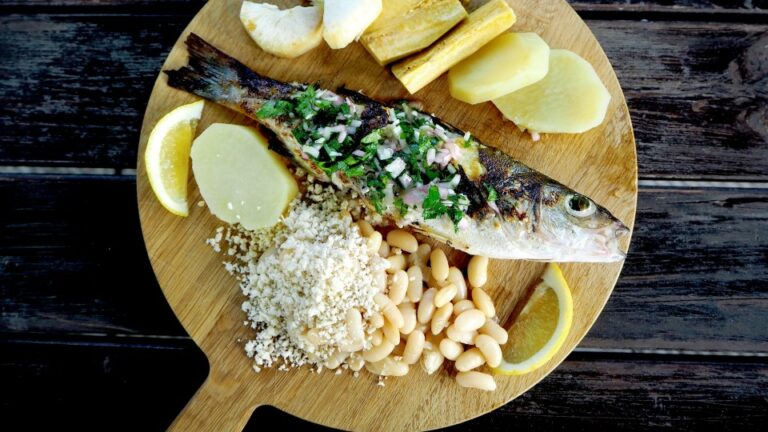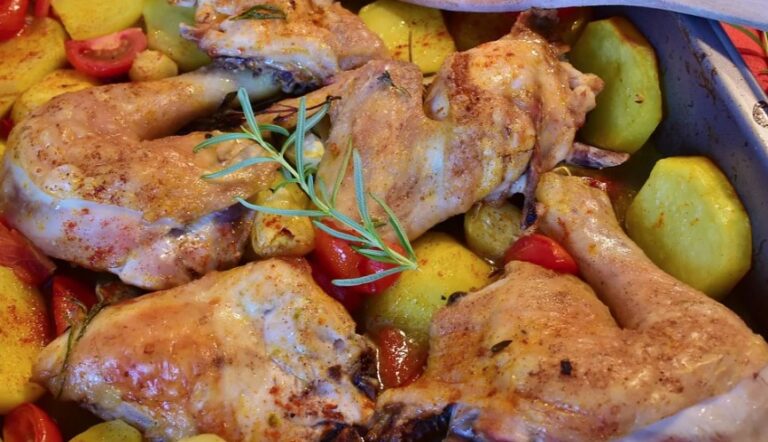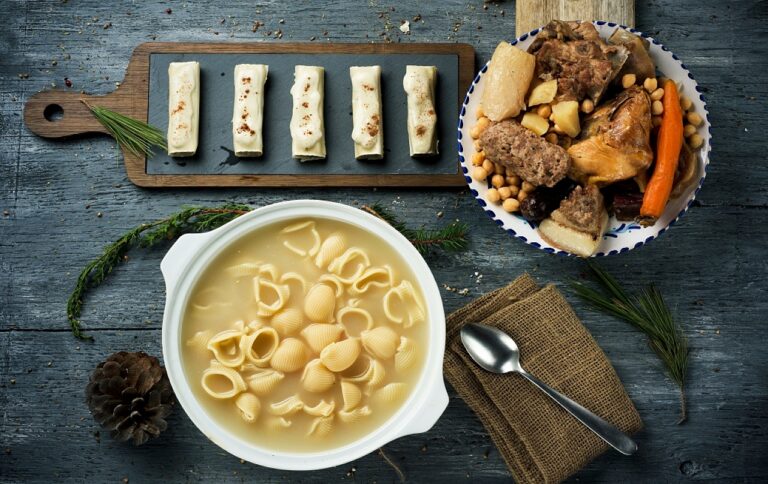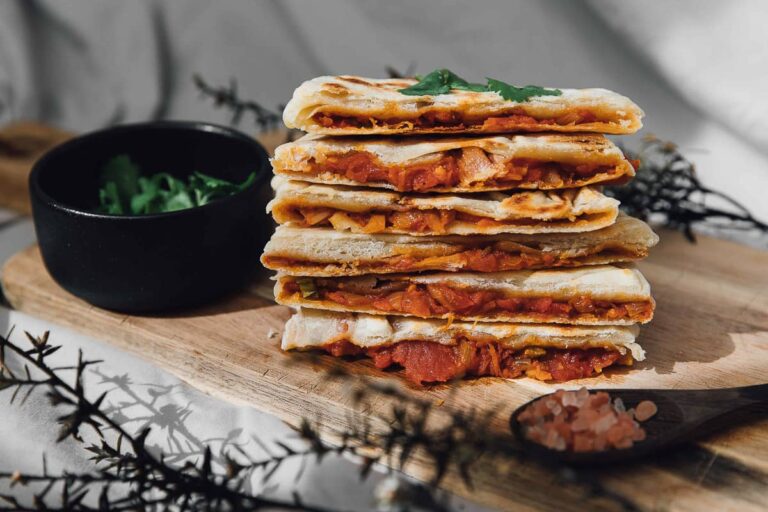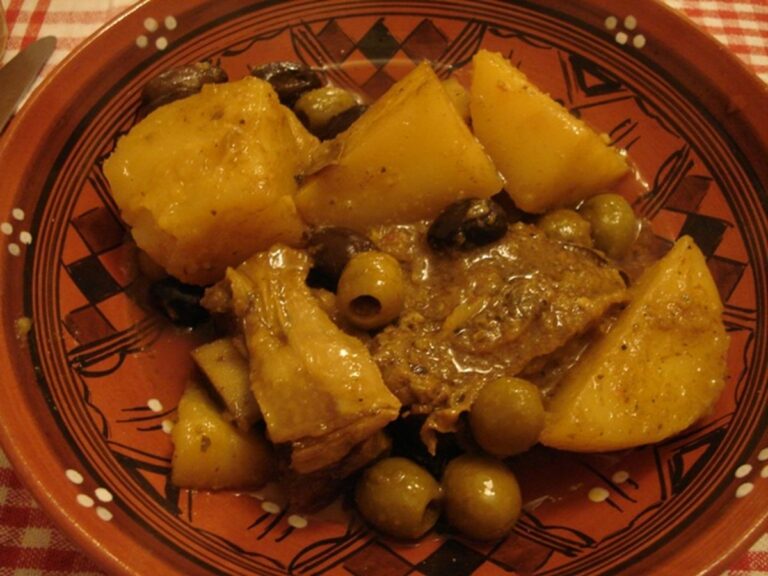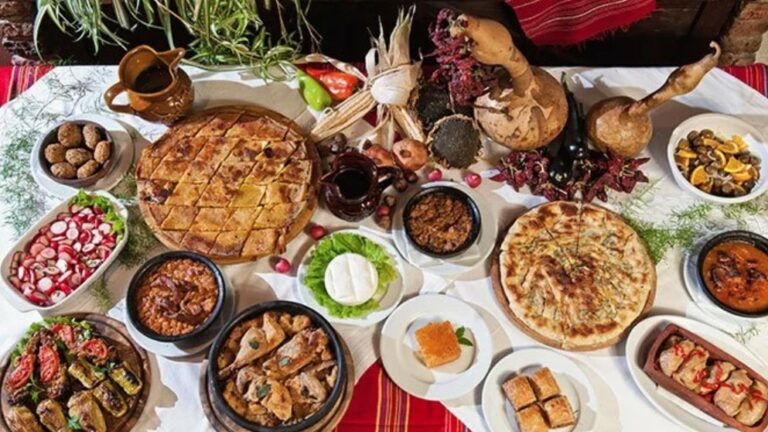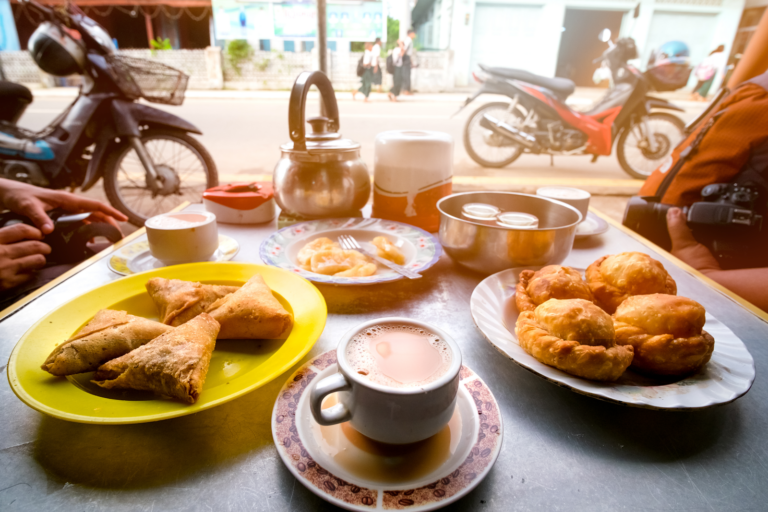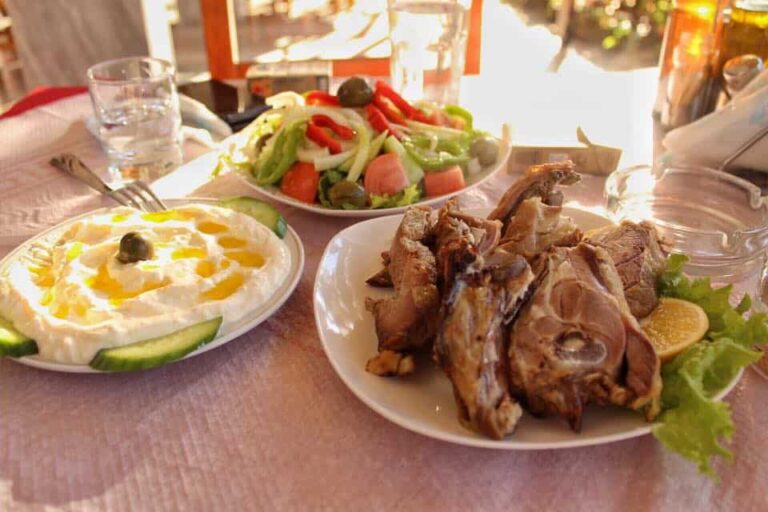Discovering Angolan Cuisine
Angola, a country located in Southern Africa, is known for its diverse culinary culture. The cuisine of Angola is a fusion of different influences, including Portuguese, African, and Brazilian. For a first-time visitor, exploring Angolan cuisine can be an exciting experience. In this article, we will highlight some typical Angolan dishes that should not be missed.
Understanding Angolan Food: A Brief Overview
Angolan cuisine is characterized by the use of fresh and locally available ingredients. The cuisine of Angola is heavily influenced by the country’s geography, climate, and history. The Portuguese colonial influence can be seen in the use of spices and herbs, while African ingredients like cassava, okra, and palm oil are also widely used.
The National Dish: Muamba de Galinha
Muamba de Galinha is considered the national dish of Angola. It is a flavorful chicken stew made with palm oil, garlic, onion, okra, and various spices. The dish is usually served with rice or funje, a type of cornmeal porridge. Muamba de Galinha is a must-try dish for anyone visiting Angola.
Seafood Delicacies: Calulu and Moqueca
Calulu is a traditional Angolan dish that is usually made with dried fish or shrimp, palm oil, onions, tomatoes, and greens. Moqueca, on the other hand, is a seafood stew that is popular in the coastal regions of Angola. The dish is typically made with fish, coconut milk, onions, and tomatoes. Both dishes are flavorful and should not be missed by seafood lovers.
Meat Dishes: Kizaka and Pirão
Kizaka is a popular meat dish in Angola. It is made with beef or goat meat, onions, garlic, and various spices. The dish is typically served with funje or cassava. Pirão is a type of porridge made with cornmeal that is often served with Kizaka.
Vegetarian Options: Mufete and Funje
Mufete is a vegetarian dish that is popular in Angola. It is made with grilled vegetables, including eggplant, peppers, and onions, and is usually served with funje or rice. Funje, as previously mentioned, is a type of cornmeal porridge that is often served with a variety of dishes in Angola.
Snacks and Street Food: Pão com Chouriço and Coxinhas
Pão com Chouriço is a popular street food in Angola. It is a type of bread that is filled with chouriço, a type of smoked sausage. Coxinhas are another popular snack in Angola. They are small fried balls of dough that are filled with meat or cheese.
Beverages: Ginguba Milk and Quissângua
Ginguba Milk, or peanut milk, is a popular beverage in Angola. It is made by grinding peanuts and mixing them with water and sugar. Quissângua is another popular beverage in Angola. It is made with the fruit of the quissângua tree and has a sweet and tangy taste.
Conclusion: Savoring Angolan Cuisine as a First-Time Visitor
Exploring Angolan cuisine as a first-time visitor can be an exciting experience. From Muamba de Galinha to Calulu, Kizaka to Mufete, there are many dishes to try. Be sure to try some of the street food and beverages as well, such as Pão com Chouriço and Ginguba Milk. Savoring the flavors and textures of Angolan cuisine is a great way to immerse yourself in the country’s culture and history.

